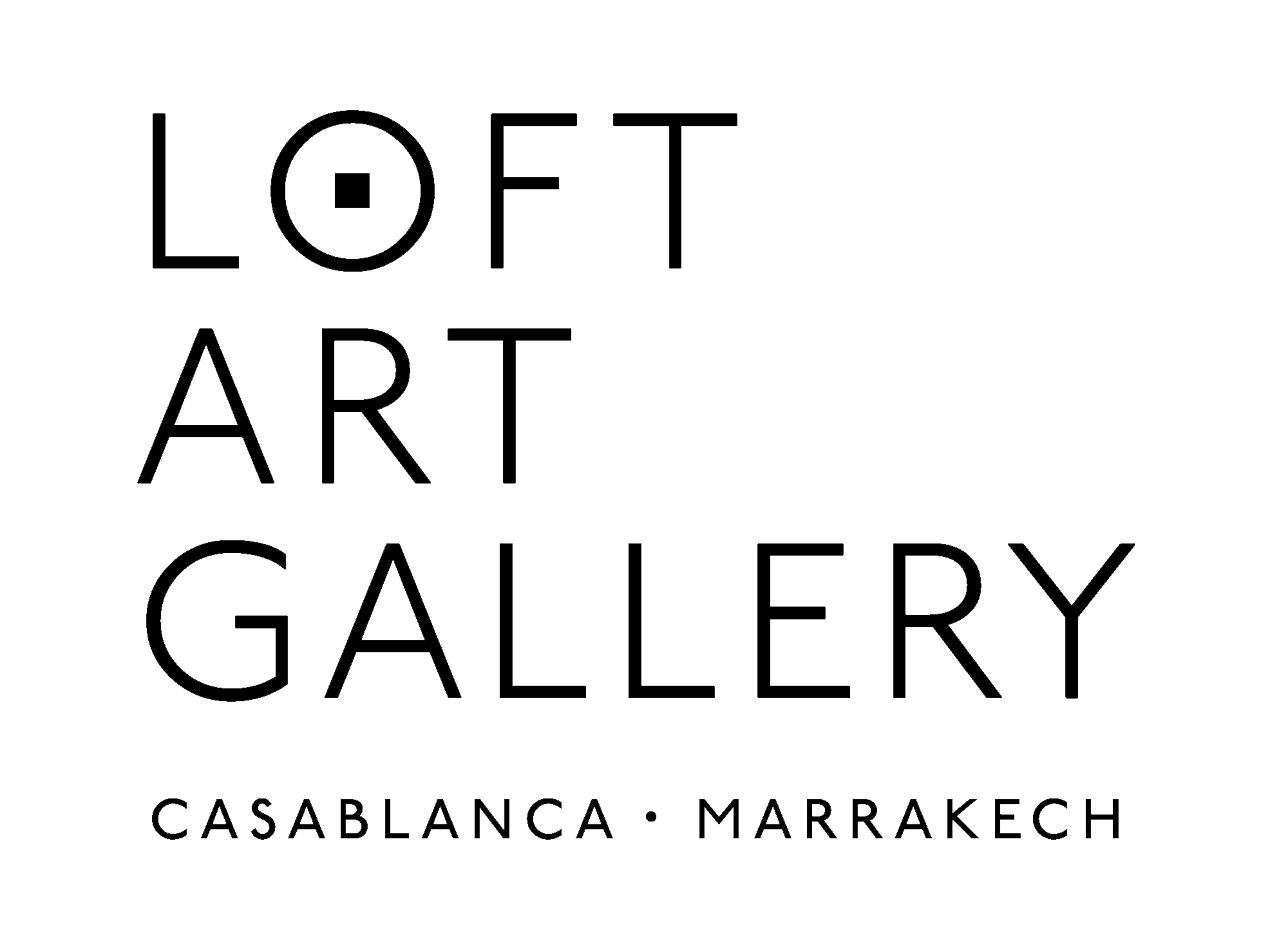Director of Casablanca’s École des Beaux-Arts from 1962 to 1974, Farid Belkahia participated in every collective action of the era, and is considered one of the major theoreticians of Moroccan contemporary art.
As an artist, he is renowned for his very personal figurative representations that are close to abstraction, and for having infused his work with natural elements issued from his native Moroccan culture.
In the company of a group of professors from the Ecole des Beaux-Arts, he formed the “Formes et Couleurs” group. He sought to justify, and even impose, a form of non-figurative art with a vigorous commitment that led him to reject any other form of painting, such as naïve art.
From 1962 to 1974, he used hammered, or repoussé, copper in his works. He later became interested in using natural pigments, such as henna or pomegranate skin, to dye animal skins. These works on skin are essential to the history of Moroccan art. They form the transition between traditional mediums and modern form.
These elements are primordial in the artistic production of this visionary painter, who, with a few like-minded others, never ceased to promote the artisanal practices of his native country.

